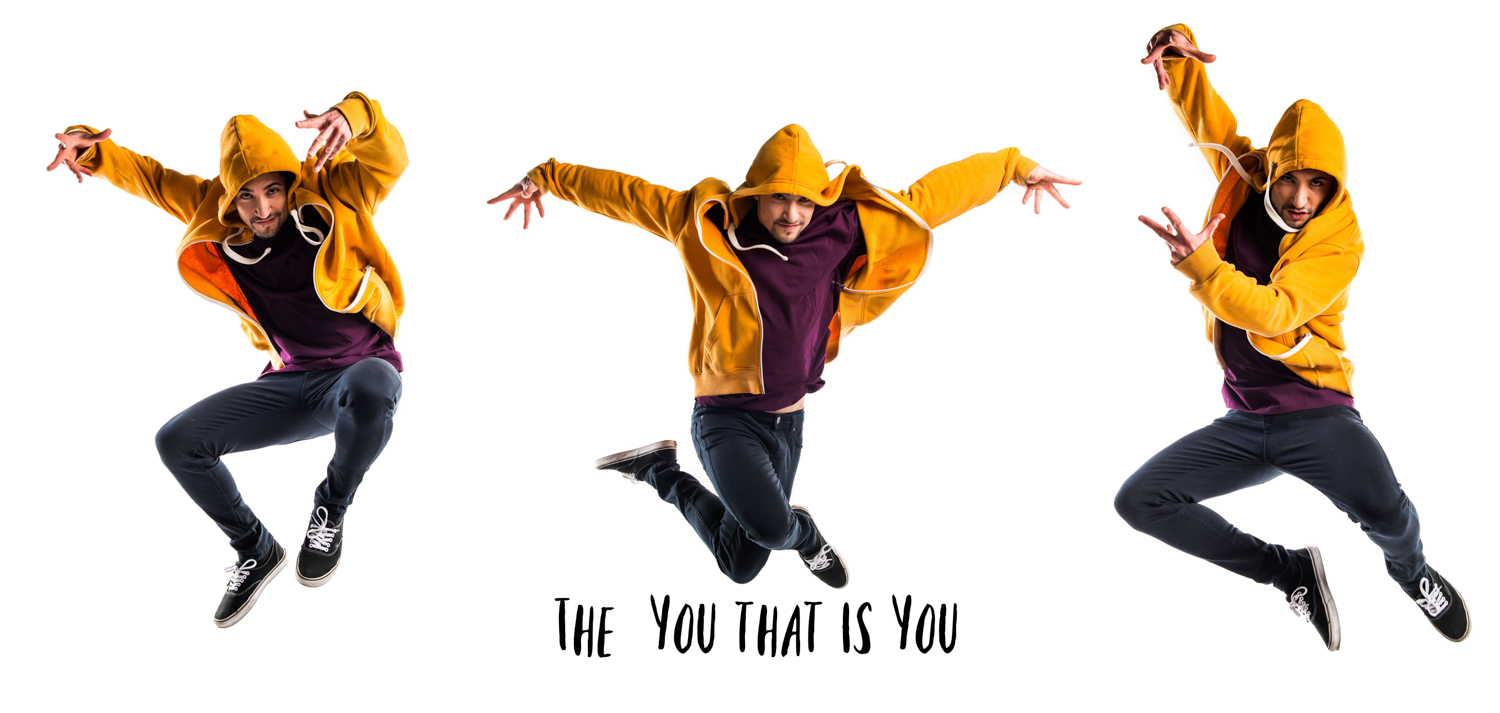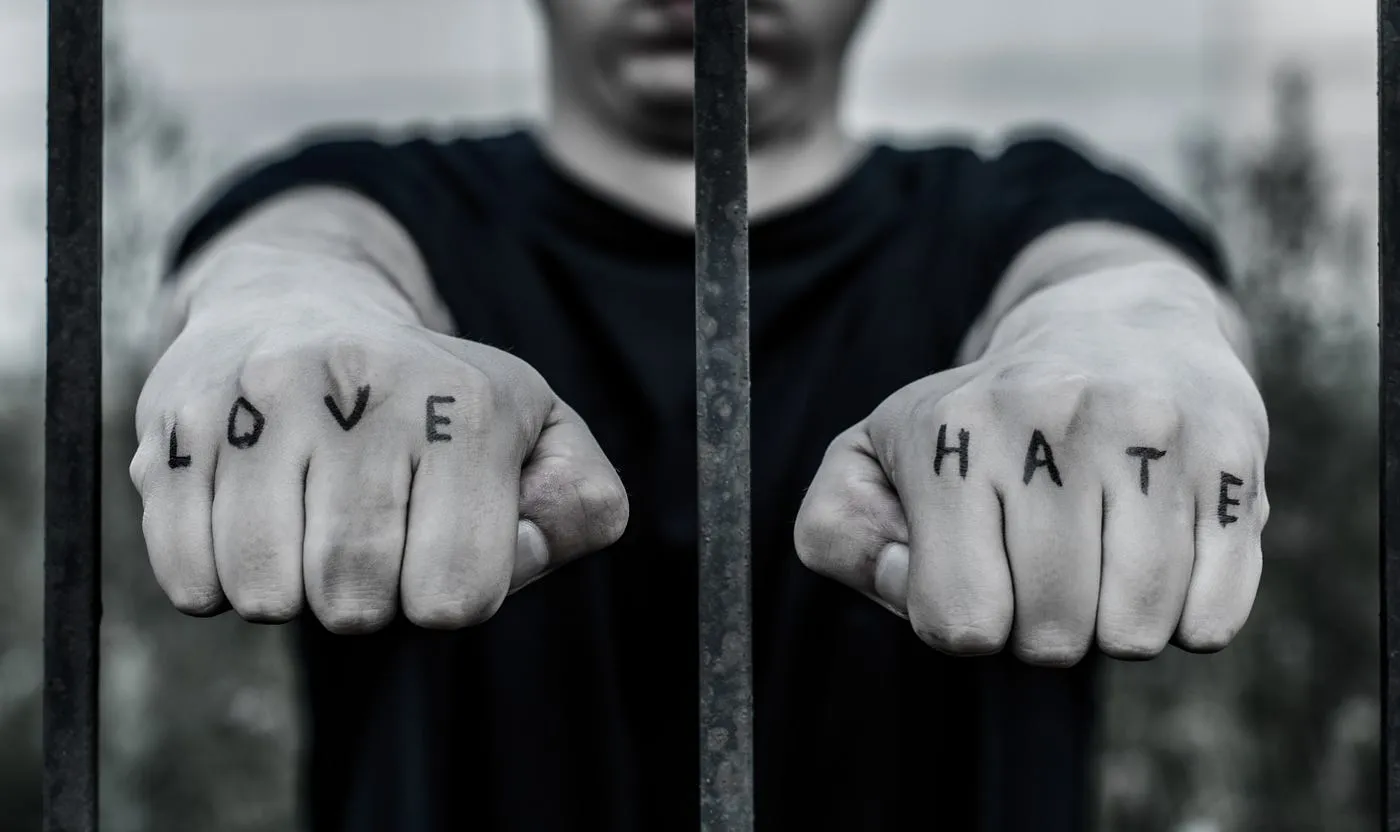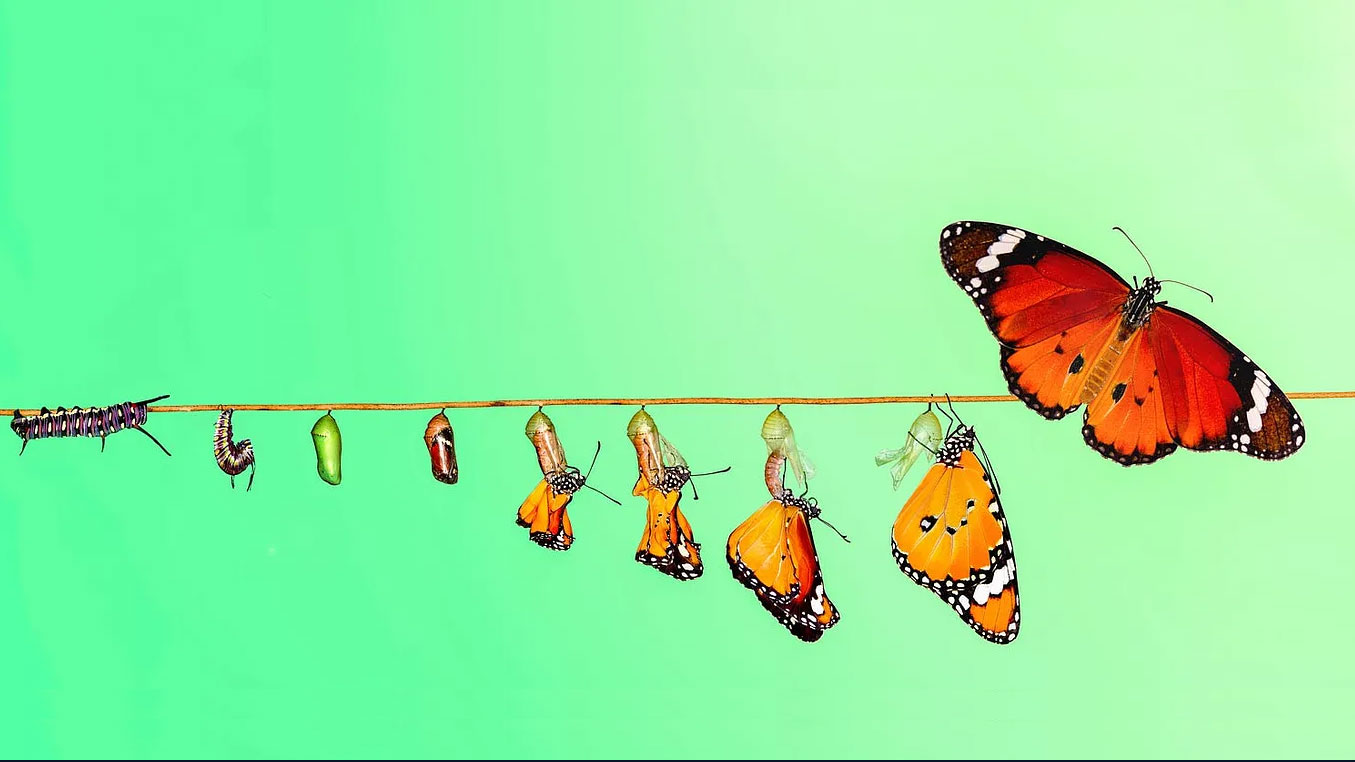When Is Enough Enough to Change Your Mind?
What does it take for you to change your most treasured beliefs? (Hint: Learn about cognitive dissonance.)
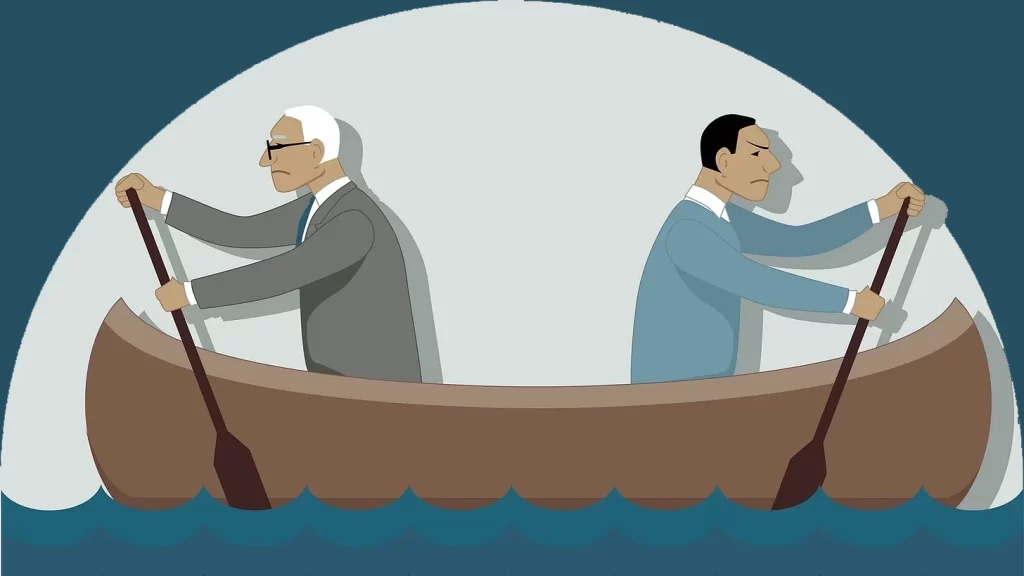
In a skit, comedian Richard Pryor plays a husband whose wife comes home early to find him in bed with another woman. The naked woman grabs her clothes and makes a quick escape. The dialogue ensues:
Wife: You’re cheating on me!
Husband: I’m not cheating on you.
Wife: I saw that woman in bed with you with my own eyes!
Husband: Well, who ya gonna believe — me or your lying eyes?
Have you ever believed in a person or an idea, only to be confronted with evidence that your trust or belief in the idea was misguided?
Suppose you meet someone causally. You like the person and are thinking about a get-to-know-you lunch. You subsequently learn from a reliable friend that your new acquaintance is someone who takes advantage of others and is not to be trusted. Based on stories of betrayals, you decide against lunch. Changing your mind had little consequence because you hadn’t become friends with the other person.
Now, suppose you are the wife in the Richard Pryor skit. In that role, you suspected from others that your partner, the person you trust the most, was betraying you. You now witnessed it for yourself. The pain of this information is profound. Your life is turned upside down. What do you do next?
The Layers of Worldviews
Beliefs are internal sets of rules that shape how we interact with the people and things in our everyday lives. We each have a worldview that is the sum total of our beliefs, values, and knowledge. Our worldviews are the rules and knowledge structures by which we make sense of everyday events.
Just like fish who don’t think much about the water in which they swim, you don’t directly experience your worldview because it surrounds you. Your moment-by-moment life would be meaningless chaos without the organizing lens of your worldview. This vast and collective set of values and beliefs is the mental structure that guides your perceptions and actions.
Think of your worldview as a three-dimensional puzzle, with each piece representing a belief, value, or kernel of knowledge. Envision these pieces arrayed in layers, like an onion. The outer layers hold your peripheral beliefs, ones that are of little consequence, like the acquaintance you didn’t invite for lunch.
Peel back the layers of your worldview onion and you will find your core beliefs, the ones that are central to how you see the world. There, you find the beliefs, values, and knowledge that cannot be changed without significantly restructuring your worldview.
Seeing evidence that the person you most trust in life cannot be trusted can rock your world and turn it upside down. Suddenly, you are thrust into a Richard Pryor skit. You then ask yourself: what should I believe — the trust I forged with my partner over many years or the new and frightening evidence I never expected?
The Painful Reality of Cognitive Dissonance
When faced with a core belief contradicted by undeniable facts or the judgment of others, you enter the world of cognitive dissonance. This term can be defined as the uncomfortable feeling (dissonance) you experience when circumstances force you to simultaneously hold two or more contradictory beliefs, attitudes, or values.
Dissonance and consonance are relations among cognitions — that is, the alignment among your opinions, beliefs, knowledge of the external environment, and knowledge of your internal thoughts and feelings.
Your worldview is consonant when all values, beliefs, and knowledge fit together, aligned — like the pieces of a puzzle. Experiencing consonance in your beliefs makes you feel more secure, more confident.
When you receive information or experience events that contradict something you believe, then the pieces of your worldview puzzle no longer fit well together. The contradictory evidence reshapes a piece of the puzzle, which creates feelings of unease, discomfort, or even pain.
What happens when your beliefs are confronted with contradictory facts? You then have an opposing state of mind: belief and disbelief.
The closer the beliefs are to your core, the greater the difficulty in maintaining two contradictory beliefs. You cannot simultaneously trust and mistrust someone close to you. If you are deeply religious and some event shakes your faith in God, you cannot simultaneously believe and not believe in God. Human nature is such that you must find a way to resolve this conflict.
When experiencing the discomfort and instability of dissonance, as humans, we seek stability by resolving the conflict and re-establishing consonance.
How we choose to re-establish consonance is the science of cognitive dissonance.
Cognitive Dissonance is Individual and Social
Cognitive dissonance can occur in our personal lives and group situations, such as work or other social groups. Within a social group, members can trust in a respected or even adored group leader. When evidence of the leader’s misconduct becomes public, the group as a social unit must struggle with the difficult choices presented by the dynamics of cognitive dissonance.
When a respected community elder, such as a Catholic priest, sexually abuses a child, parents and the community have to reconcile the two opposing beliefs about the priest as a spiritual leader or as a sexual predator. Which version of facts the parents and community believe (the child’s assertions versus the priest’s denial) is the challenge of resolving cognitive dissonance?
To illustrate this point further, I’ll summarize a study of failed collective beliefs that led a social psychologist to formulate the principles of opposing beliefs, one of the most widely researched concepts in the history of social science.
The concept of cognitive dissonance was developed in the 1950s by a social psychologist, Leon Festinger. He and his colleagues were investigating cult prophesies and the related dynamics of cohesive group thinking. Festinger’s account of this seminal study is presented in his book When Prophecy Fails: A Social and Psychological Study of a Modern Group that Predicted the Destruction of the World (1956). It’s a fascinating exploration of groupthink social psychology.
Their research became focused when the team read about a small cult called the Seekers. A not-too-charismatic group leader was Dorothy Martin (DM), who lived in a Chicago suburb. DM claimed to have been in contact with extraterrestrial beings from the planet Clarion. According to DM, these beings warned her that the world would end in a great flood on December 21, 1954. However, a select group of believers would be saved by a spaceship just before the calamity.
A small group of about 15 followers, deeply convinced by DM’s prophecies, began gathering around her. They left jobs, sold their belongings, and severed ties with non-believers in preparation for the end of the world.
Needless to say, Planet Earth was not flooded on December 21, 1954. It didn’t even rain on that day in Chicago. Even more distressing, DM told the group that a flying saucer would arrive prior to the flood to take them to a safe location. That didn’t happen.
Hmm…No Rescue Flying Saucer. No Flood. Now What?
Instead of admitting they were deceived, the cult members went through a process of cognitive dissonance. When the group’s beliefs (rescue UFO, flood) were undeniably disproven, all were distressed, but they responded to this distress in different ways.
A few left the group to pick up on their former lives. These members accepted the contra-evidence by abandoning the cult-inspired beliefs. Others refused to abandon these beliefs. Instead, they reinterpreted the evidence to make it consistent with their beliefs by accepting “new” belief-confirming “evidence.”
The new evidence was that DM received a “new message” from the aliens saying that the God of Earth had decided to spare the planet due to the group’s strong faith and commitment. The remaining cult members rationalized that it was their intense faith and prayer that saved the world from destruction. In their view, their small group saved the world so that all could live another day. To put this another way, they could not accept that they were wrong.
After this “new revelation,” the group actively sought media attention to spread their story, starkly contrasting their earlier reclusiveness. In other words, they doubled down on their false narrative. After several weeks of revised catastrophic prophecies that never materialized, more members peeled away. But several ardent believers hung on.
Although they tried to recruit new believers, there was little public support for their cause. In the 1950s, when UFOs were news topics, DM’s beliefs about populated planets and interstellar spaceship travel strongly appealed to schoolboys who flocked to her. However, the boys’ parents lodged a complaint with the police, who warned DM to cease and desist.
The in-depth study of this occult group illustrates the dynamics of cognitive dissonance. People hold collective beliefs with varying degrees of intensity as core or peripheral values. When faced with undeniable contra-evidence, those with peripheral beliefs will accept the contradictory facts and change their beliefs. Those for whom the belief becomes part of their core identity will disregard the contra-evidence and will defend the false belief with an even greater commitment to a disproven idea.
Belief rigidity, when held in spite of contradictory facts, is a function of cognitive rigidity. I will take up this topic in future essays. But here, we can see that cognitive rigidity is a style of thinking that is brittle and does not allow for flexibility in finding new solutions to old problems.
Principles of Belief Rigidity

Festinger identified five principles that account for why a person does not change their beliefs when faced with counter-evidence. His five principles are summarized here:
- The belief must be held with deep conviction and be relevant to how the believer behaves in support of the belief.
- The believer must have taken actions to support the beliefs that are difficult to undo.
- The belief must be sufficiently specific and objective such that events may unequivocally refute the belief.
- The undeniable contra-evidence must occur and be recognized by the individual holding the belief.
- The believer must have social support from other believers.
The first two principles explain why a believer would hold onto a belief. The second two principles explain why someone less committed to the belief might let it go. But the fifth principle—social support—can be crucial to someone holding onto a disproven belief.
It is unlikely that one isolated believer could withstand the kind of disconfirming evidence we have specified. If, however, the believer is a member of a group of convinced persons who can support one another, we would expect the belief to be maintained and the believers to attempt to proselyte or persuade nonmembers that the belief is correct.
The Challenge of Cognitive Dissonance: From Personal Relations to National Politics and Policy
No one wants to be in a Richard Pryor skit where trust is betrayed, and the person trusted denies the betrayal. Conflicts such as these are existential to a relationship. The resolution to maintain or end the relationship comes at a great cost.
We are at a similar existential crossroads concerning societies where extreme political rhetoric has polarized liberals and conservatives into core beliefs that are diametrically opposed.
We have seen that core beliefs can resist change, even when presented with undeniable counterfactual evidence. With each passing electoral cycle, the disparities of core beliefs held by each polarized segment appear to be worsening.
Thirty years ago, the political scientist Samuel Huntington (1993) made this prediction:
It is my hypothesis that the fundamental source of conflict in this new world will not be primarily ideological or primarily economic. The great divisions among humankind and the dominating source of conflict will be cultural.
The history of politics has traditionally been the history of debating public policy. Should a national government have a big or small footprint? To what extent should the government regulate business? Does trickle-down economics lessen or worsen income inequities? Should governments be responsible for offering a safety net to those with limited financial resources?
These are questions of public policy over which citizens with different interests debate: businesses want less government regulation, while consumers want more. The polar arguments in debates like these are important to each side, but they may not be core beliefs by which people define their self-identities.
The cultural conflicts predicted by Huntington reach into the heart of core beliefs. They involve questions of who marries whom (between a man and a woman only, between partners of the same race only), gender identity (men are men and women are women only), racial identity (Jews and people of color will not replace whites), and religious identity (America is a Christian nation as evidenced in its founding principle of Manifest Destiny).
People who debate public policies are academics and political elites who argue a lot and then go out for drinks together after the debate. Identity beliefs exist at the very core of people’s worldviews and are not quickly abandoned by counterfactual evidence. Members of the Proud Boys or Oath Keepers will not likely offer to have drinks with Black Lives Matter members after the protest.
Today, about thirty percent (or about 40 million) of Americans believe that the 2020 presidential election was stolen from Donald Trump. This is Trump’s MAGA base. No MAGA believer has produced any evidence in support of this belief.
It doesn’t seem to matter for these 40 million MAGA Americans that, before his elections as the 45th President of the United States, Trump declared bankruptcy six times and was involved in 4,000 lawsuits. It matters not that the U.S. Congress twice impeached Trump. It doesn’t matter to the MAGA voters that Trump was criminally convicted of silencing a porn star with hush money, civilly convicted of the sexual assault of E. Jean Carroll in a department store dressing room, and indicted on 91 federal charges related to his attempts to overthrow the government of the United States — only to have many of these charged nullified by an immunity ruling by his hand-picked Supreme Court of the United States. Will it matter to the MAGA based that Trump has been found guilty of inflating the value of his businesses by over $2 billion?
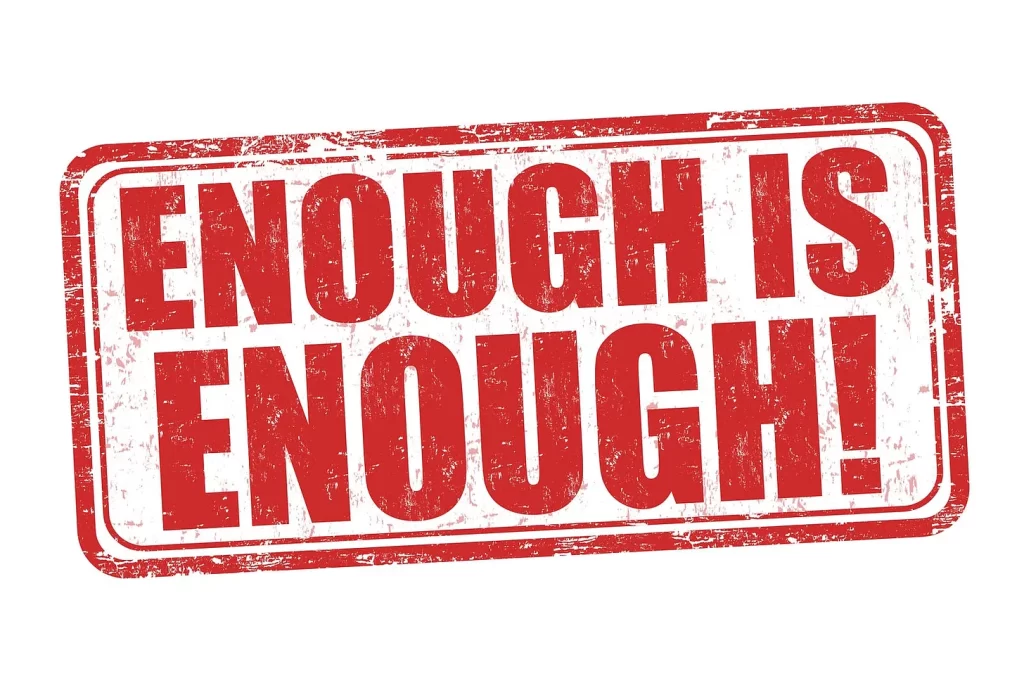
When is Enough Enough to Change Your Mind?
If you regard others as inflexible, ask yourself how willing you are to change your core beliefs when contrary circumstances knock on your door. If you can empathize with the challenge of changing your core beliefs, you can better understand the persistent polarities of our times.
The more political ideologies become identity politics (race, gender, religion, etc.), the greater the challenge in finding fact-based evidence for some middle ground of modified beliefs by which our democracy can survive.
The more we, as individuals and as a society, can back off from weaponized attacking one another’s core beliefs and return to creating social policies that allow both sides of the ideological spectrum to find compromises, the greater our chances of saving our democracy.
References
DeWitt, R. (2018). Worldviews: An Introduction to the History and Philosophy of Science (3rd ed.)
Festinger, L., Rieken, H. W., & Schacter, S. (1956). When Prophecy Fails: A Social and Psychological Study of a Modern Group that Predicted the Destruction of the World





